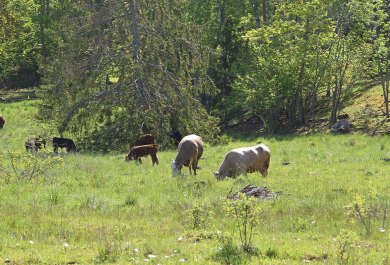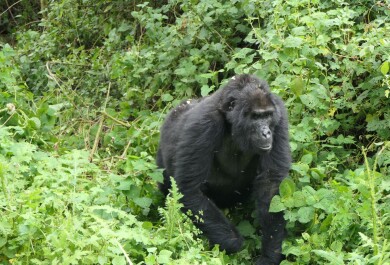The largest biodiversity time-series database on the planet gives unprecedented insight in to global change
The largest biodiversity time-series database on the planet – created by the University of St Andrews - has had a major new release. The BioTIME database offers unprecedented insight into how biodiversity is changing through time across the globe, spanning nearly 150 years of ecological records from 1874–2023.
Published in the journal Global Ecology and Biogeography the new version contains data from over 553 thousand locations tracking species abundances from the Arctic to the Amazon, helping researchers, policymakers, and the public better understand the complex dynamics that species face in a rapidly changing world.
The update to BioTIME 2.0 dramatically expands on the previous version of the database, specifically targeting increased geographic and taxonomic representation. With this update, the database now includes nearly 12 million records representing more than 56,000 species across marine, freshwater, and terrestrial ecosystems
This is the most comprehensive collection of ecological assemblage time-series ever created. While a population tracks individuals of a single species, an assemblage includes multiple species living together in the same place – such as all the different flocks of birds you see at your local park. Assemblage-level data is essential for calculating biodiversity metrics like species richness and diversity.
Prof Maria Dornelas from the University of St Andrews who leads the project said, “Because we cannot travel in time, biodiversity data from the past is precious to help us understand where and how biodiversity is changing.” She adds, “Human eyes and ears are the main instruments behind this massive data resource. This database is the collective work of hundreds of people, both scientists and citizen scientists, who systematically record species and their abundances over time.”
Assistant Prof Laura Antão from the University of Turku, who has been with BioTIME since its inception adds, “It has been an incredible journey seeing how the collective efforts of many researchers, students and data providers have been brought together to create this essential tool to understand how biodiversity is changing is this fast-paced world.”
The publication of BioTIME 2.0 brings together 485 co-authors from more than 400 institutions in 40 countries.
A Tool for a Changing Planet
The BioTIME database enables scientists to look beyond extinction headlines and explore deeper, more nuanced questions of ecosystem and community change in the context of land use, climate change and conservation efforts over time.
Since its initial release, BioTIME has already underpinned influential studies in biodiversity science and global policy. Researchers have used the database to challenge assumptions about how biodiversity is changing, uncovering more complex patterns of ecological change and also informing conservation strategies.
The BioTIME 2.0 database is freely available for use by researchers, conservationists, educators, and the general public at the project website.
The article has been published in the journal Global Ecology and Biogeography.




